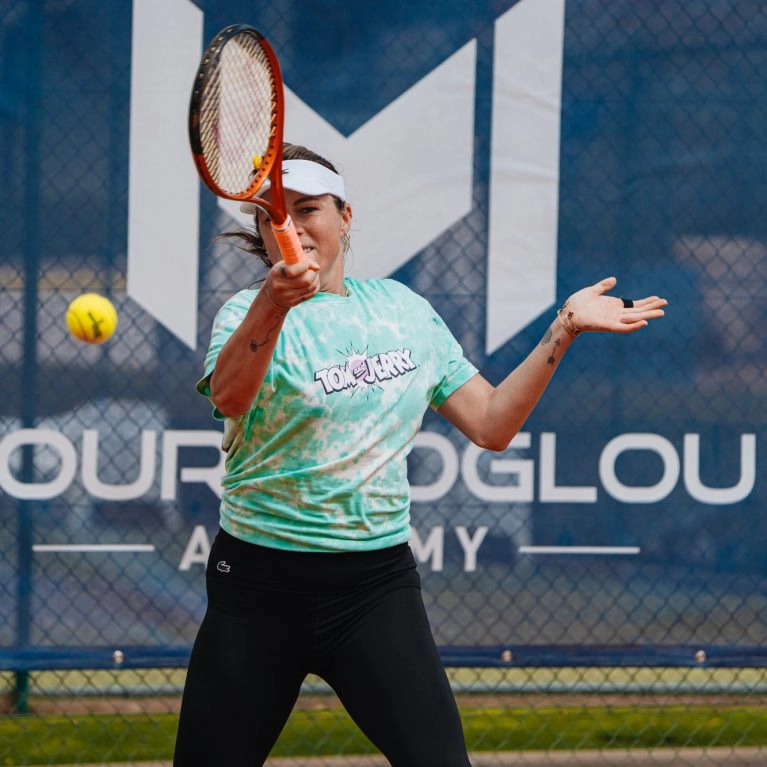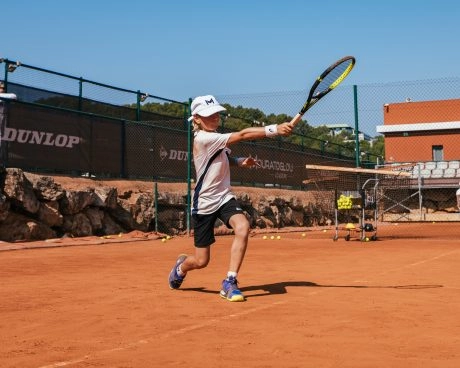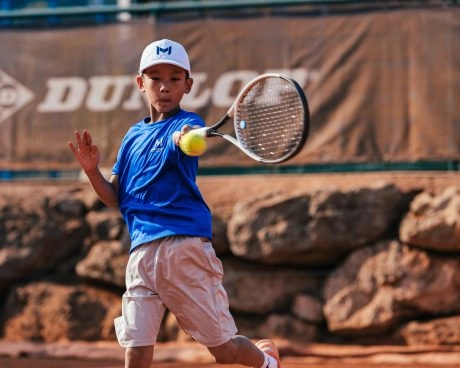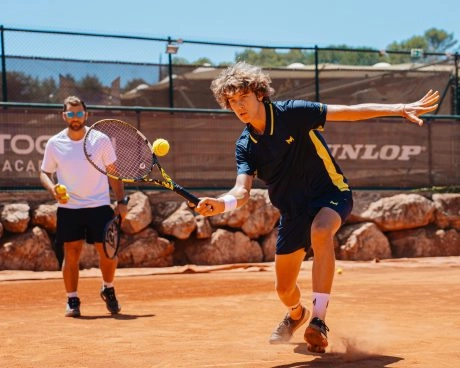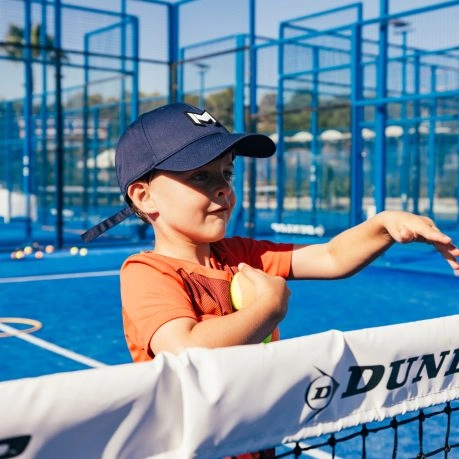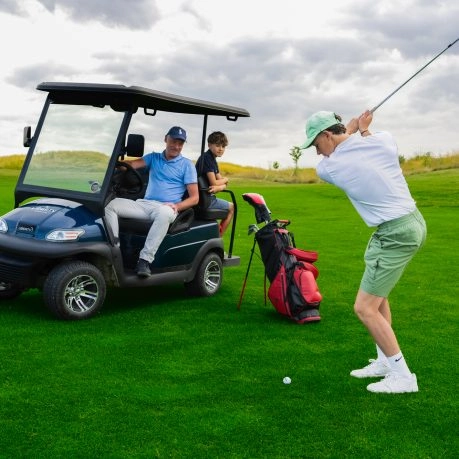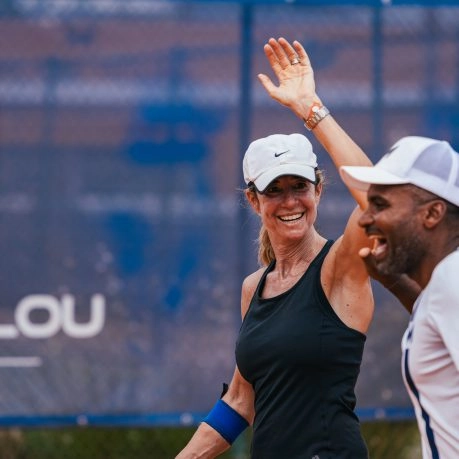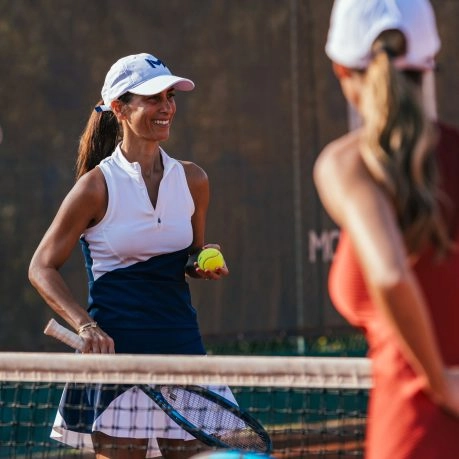The forehand in tennis is an essential stroke for players, often the most natural and powerful. Whether you’re a beginner or an experienced player, mastering the forehand allows you to dictate the pace of the rally and put pressure on your opponent. Develop your forehand with the tennis study programme offered by our tennis academy.
Here’s a complete guide to perfecting your forehand and turning it into a decisive shot.
Why is the forehand essential to tennis?
Tips to improve your forehand
- Work on your body position: Foot placement and chest orientation are essential for a stable, powerful forehand.
- Practise rotations: Using your shoulders and hips naturally increases the power of your shot.
- Adapt your technique to your style of play: A more closed approach, such as the Western, is effective for a lift, while an Eastern grip makes it easier to hit flat shots.
- Be consistent: Practise hitting the ball in a good arc of movement regularly to improve your accuracy.
Frequently asked questions
-
This term is used because this shot is hit from the natural, dominant side of the player, where the arm can extend freely in a fluid movement. It contrasts with the backhand, which is hit from the opposite side, requiring a more complex movement.
-
To lift, use a semi-closed or Western technique, placing the racket under the ball as you hit it, and swinging from bottom to top. This creates a spin that causes the ball to bounce higher as it hits the ground. This shot is particularly effective for keeping your opponent at the back of the court.
-
The fastest recorded is attributed to Fernando Verdasco, with a speed measured at 190 km/h. Rafael Nadal and Juan Martin Del Potro are also renowned for their powerful forehands, reaching impressive speeds that put their opponents to shame.
